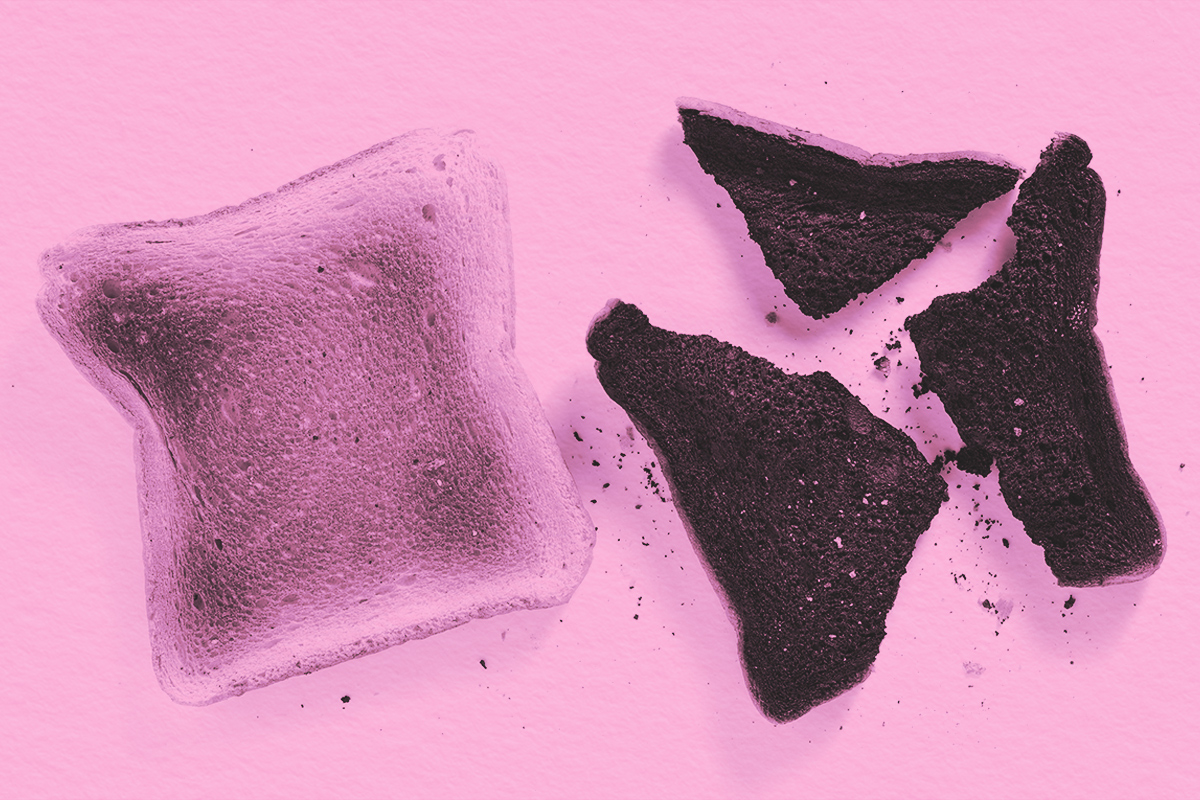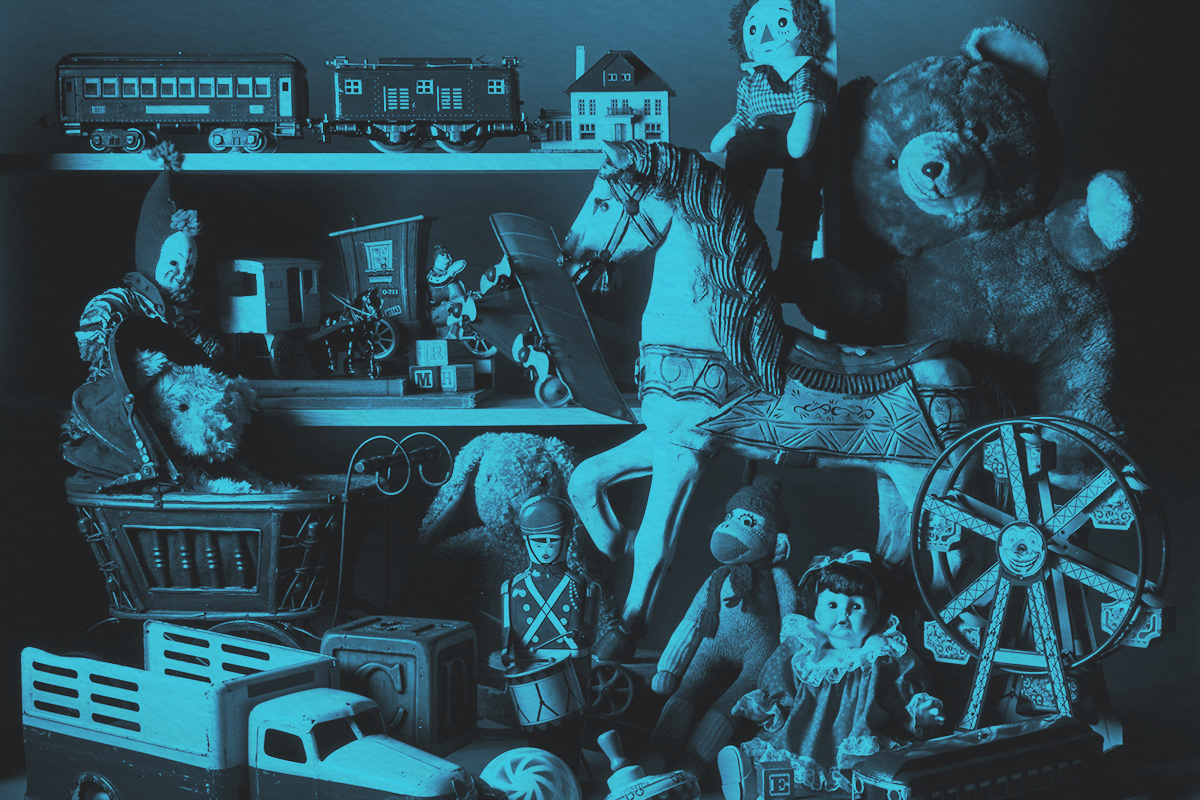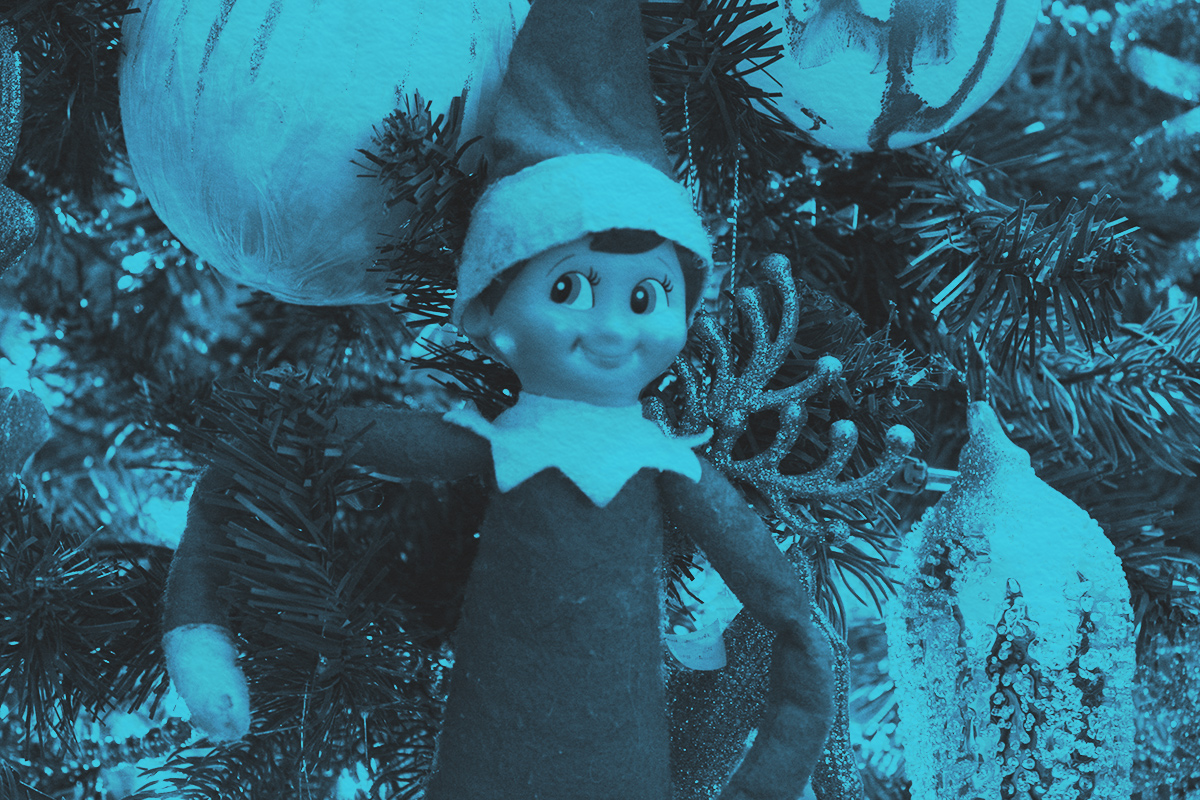
Though the words “pallet,” “palette,” and “palate” sound very similar, they couldn’t be more different in their individual meanings. Think of identical twins with vastly different personalities — they may look the same, but while one listens to pop music and eats sushi every night, the other prefers classical music and Italian. But let’s go back to the linguistic topic at hand — while it may be hard to tell these words apart by ear, each has a unique definition, and once you learn the differences between them, you’ll be able to distinguish them with ease the next time you read them.
“Pallet” has a few usages: It originally meant “straw mattress” or “crude makeshift bed.” However, its far more common definition today is “a portable platform on which goods can be moved, stacked, and stored, especially with the aid of a forklift.” You’re likely to see wood pallets littered throughout any warehouse, or lining the shelves of your local Costco.
“Palette” is more common in the artistic world. It describes the thin slab that painters hold to lay and mix their colors. The term was coined in the early 17th century — though to make matters more confusing, it was originally spelled “pallet.” As the term evolved, so did the spelling. Not only does “palette” refer to the physical item that a painter uses, but it also refers to the range of colors contained in a given image.
Finally, there’s “palate,” which you’re most likely to hear in the context of human biology or culinary pleasure. “Palate” refers to the roof of the mouth that separates it from the nasal cavity — we have a hard and a soft palate. But “palate” can also refer to a person’s appreciation for taste and flavor. Someone with a sophisticated palate may enjoy fine-dining restaurants, whereas someone described as having “the palate of a child” may request buttered, unseasoned noodles for dinner.
Given their different meanings, these identical-sounding terms are rarely used in tandem, but keep an eye out for those rare instances where these homophones could trip you up. For example, if you’re telling a story about a painter getting a pallet of palettes delivered while they snack on something that delights their palate — how will your audience tell the homophones apart? As always, context clues help us out.





















